Advertising on YouTube has just become easier: - **YouTube's recent update allows ads** to run on all videos across the platform worldwide. Previously, ads could only run on channels that were enrolled in YouTube's Partner Program. - **3 in 5 workers
Advertising on YouTube has just become easier:
-
YouTube's recent update allows ads to run on all videos across the platform worldwide. Previously, ads could only run on channels that were enrolled in YouTube's Partner Program.
-
3 in 5 workers prefer having the option to work remotely over receiving a $30K yearly bonus. But not everyone's on board. A competing study argues that working remotely during the pandemic led to an increase in watching porn, dating app usage, weed consumption, and drinking on company time.
-
Founder Stefan Vetter shares his top 10 learnings on the road to $10,000 in monthly revenue. He recommends embracing data protection as an advantage, not a burden, and customers will thank you for it.
Want to share something with over 75,000 indie hackers? Submit a section for us to include in a future newsletter. —Channing
📽 YouTube's Expanded Ad Program

from the User Acquisition Channels newsletter by Darko
YouTube's recent update expanded its ad program, allowing ads to run on all videos across the platform worldwide. For founders, this is a great time to advertise on YouTube to reach new audiences.
YouTube's ads
What's happening: YouTube now makes it possible to run ads on all videos worldwide. Previously, ads were available only on channels that are part of YouTube's Partner Program. Later, YouTube expanded the "right to monetize" to only US-based channels.
With the recent update, channels don't need to be enrolled in the Partner Program for companies to purchase ad space.
What this means for you: There are many small channels that are not part of YouTube's Partner Program. Many of those channels may be related to your niche. You can insert an ad within those videos, get relevant traffic, and see how things perform. YouTube has provide a tutorial on how to do this.
This update sucks for YouTube creators, but is an interesting opportunity for founders who want to target a worldwide audience.
Measuring link value
Top marketing agency, Aira, recently published its state of link building report.
The no-background: Aira surveyed 150 professionals from the digital marketing industry. The goal was to identify the link building approaches the companies use, how they measure link value, their estimated returns on link building, and so on.
The results: Here are some interesting screenshots from the report that you may find useful:
- The most popular link building techniques:

The best metrics to track in digital campaigns
This Association of National Advertisers report surveyed leading figures to determine the top five advertising KPIs:
- Return on investment (ROI)/Return on ad spend (ROAS)
- Exposed ROAS
- Brand safety
- Lifetime value
- Conversion
Notice that most of these metrics are all about the bottom line: If you invest $X, you should expect to get $Y in return.
The report also identified the most used metrics by advertisers:
- Cost per thousand impressions (CPM)
- Cost per click (CPC)
- Unique reach
- ROI/ROAS
- Site visitors
Notice that only one metric, ROI/ROAS, appears on both lists. Why?

What's easy to measure != important: When you start advertising on a platform like Facebook, it's easy to see your ad CPM/CPC and unique reach. However, if you want to see your ROI/ROAS or lifetime value, you usually need to set up goals, which is harder to do.
What this means for you: If you're running ads and not measuring ROI/ROAS, start now by setting up your tracking goals. Ultimately, whether your business survives or not depends on you making more money than you spend, which is the definition of return-on-investment.
What do you think of YouTube's ad program expansion? Please share in the comments!
Discuss this story, or subscribe to User Acquisition Channels for more.
📰 In the News

🤖 Google Search is making its search engine more conversational with AI.
🚫 Coinbase has banned employee salary negotiations.
🤫 Venmo has added new privacy controls after President Biden's friends list was leaked.
📱 WhatsApp has changed its mind about limiting functionality for users who don't accept its new privacy policy.
🍭 Candymakers want weed companies to stop calling their products "candy."
🏝 People Prefer Remote Work Options Over a $30K Yearly Bonus

from the Indie Economy newsletter by Bobby Burch
A recent survey found that 64% of workers would rather work remotely than take an annual $30K bonus. This represents 3 in 5 workers. If the pandemic has taught us anything, it's the value and benefit of remote work for both employees and companies.
Remote work for the win
Survey shows: Blind, an anonymous professional network of 3.5M+ people, surveyed 3K+ users from companies including Microsoft, Apple, Amazon, Google, Goldman Sachs, Facebook, and JPMorgan Chase to conduct the survey:
About 64% of Amazon workers who answered the question preferred permanent work from home, as well as 62% of Microsoft employees, and 67% of Google employees. Apple employees would rather take permanent work from home over $30K more at 69%, and Salesforce employees at 76%.
No, thank you: The survey found that workers at some companies prefer work-from-home (WFH) life even more than others, including Zillow (100% of company respondents), Twitter (89%), Lyft (81%), and Airbnb (71%).
The minority: Only a handful of companies sampled had a majority of employees opting for the $30K bonus. These included Qualcomm (58% of company respondents), Cisco (56%), and JPMorgan Chase (53%).
WFH value: $30K has a vastly different value to people around the country. Nonetheless, survey respondents generally agree that the money pales when compared to the lack of flexibility, cost and energy commuting to work, and lost time while commuting. One employee responded:
You save more money by staying home. Working in an office creates extra costs. Insane commutes are such a waste of valuable time. Work can be done from anywhere. Open office layouts killed all productivity. Time is not something you can ever get back.
Sex, weed, video games: Although many are optimistic that remote work will become more of a norm, an analysis by Jack Kelly from Forbes argues that more Americans were more focused on excessive eating, drinking, smoking weed, watching porn, and having sex while quarantined, than they were on working.
Future of work: The pandemic has upended the traditional employer-employee relationship in many fields. While Blind’s survey is hardly a mandate, it’s fascinating how opinions of remote work have evolved, from distrust of the model, to understanding the value provided by remote work. We’ll see if it lasts, but hybrid work models seem to be growing in popularity.
Not just tech: Freelance marketplace Upwork recently released a report arguing that employees in many industries, not just technology, can successfully work remotely. On average, 22.9% of workers across all “traditional industries” were remote as of January 2021, Upwork found. The report also showed that many non-tech businesses are increasingly turning to remote freelancers for their projects:
There is potential for 25.7M US jobs to be done by remote freelancers in non-tech industries. This scale could have large impacts on not only the freelance industry but on the economy as a whole.
Would you rather work remotely or take a $30K bonus? Share your thoughts below.
Subscribe to Indie Economy for more.
🌐 Best Around the Web: Links Posted to Indie Hackers This Week

🆓 178 places to get free traffic for your startup. Posted by Saravana.
🗣 Marketing may be more important than the product itself. Posted by Ricardo Cruz.
🥺 I've only made $42 one year after quitting my job. Posted by Tayson Nguyen.
💵 Stripe's new feature lets you sell online without a site. Posted by Channing Allen.
🤥 Hustle culture and the big lies of success. Posted by Rosie Sherry.
🖥 Navigating LinkedIn's new restrictions. Posted by Valentin Poux-Guirimand.
Want a shout-out in next week's Best of Indie Hackers? Submit an article or link post on Indie Hackers whenever you come across something you think other indie hackers will enjoy.
🚀 Founder Stefan Vetter Shares Top Learnings From His Journey to $10K MRR

by Stefan Vetter
Hi, I'm Stefan Vetter, founder of Friendly, an online marketing software tool. Friendly recently hit $10K MRR! It took us one year, one month, and 25 days to get there. Here are my 10 most important learnings from the journey to 10K MRR.
1. Start with the audience, not with the idea.
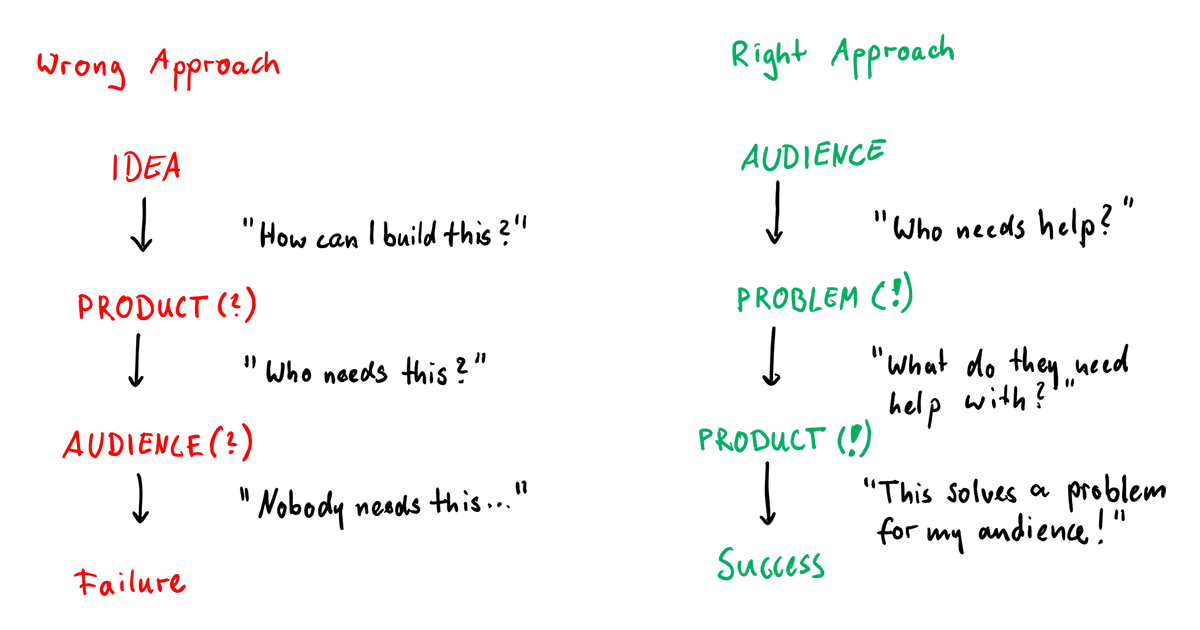
This tip from @arvidkahl helped me tremendously in deciding which products to create.
Since I already had a large audience of marketing professionals, I made something that this particular audience might need.
2. Be persistent.
It took us over 50 trial cancellations and 30 churns to get to the 81 active subscriptions that we have now.
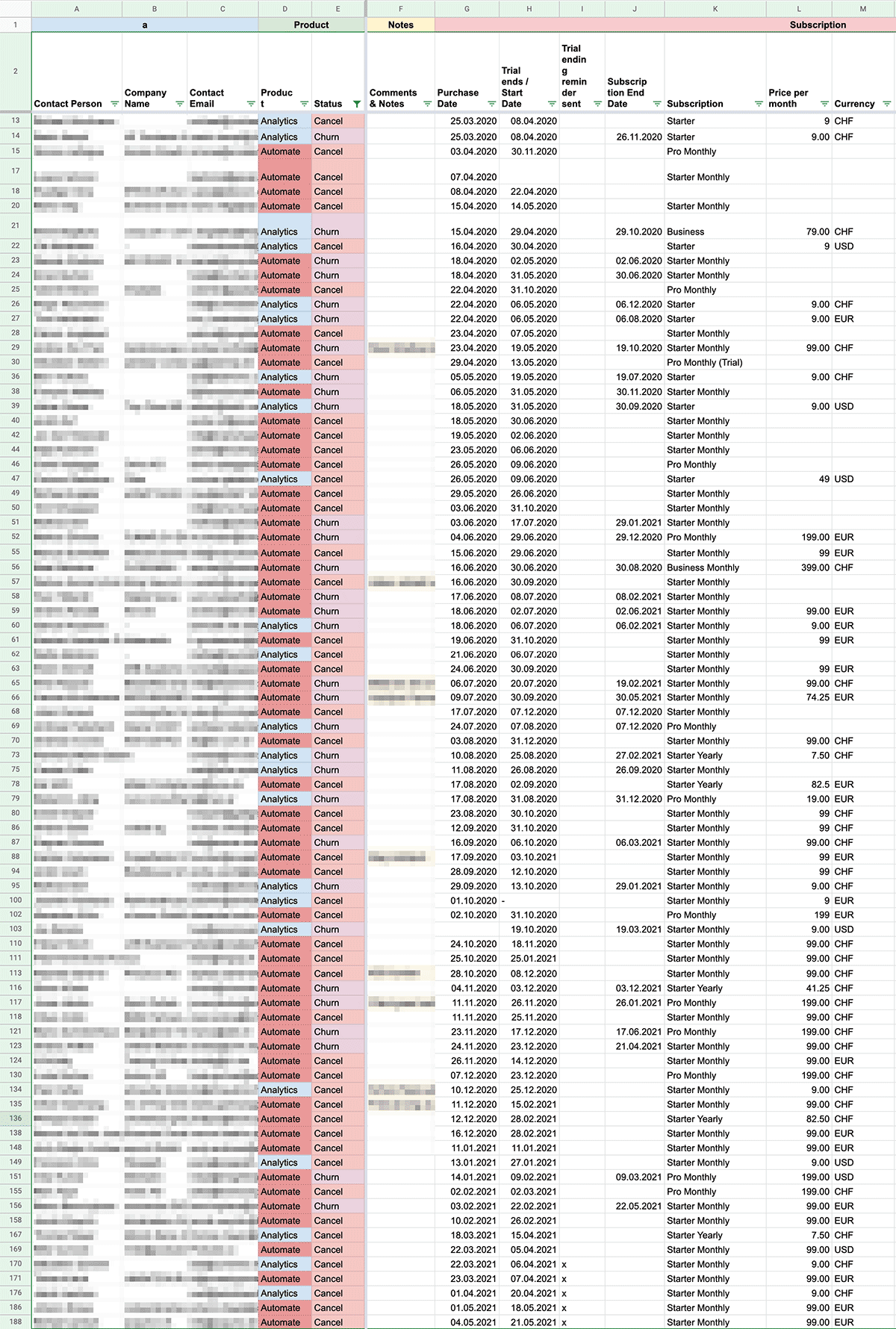
3. Data protection is an advantage, not a burden.
We pay more to host our customers' data at local European providers instead of the clouds of big tech.
Many companies choose us because of this. Our strict stance on data protection helps them avoid legal risks, and that is a major selling point.
4. Find your communications sweet spot.
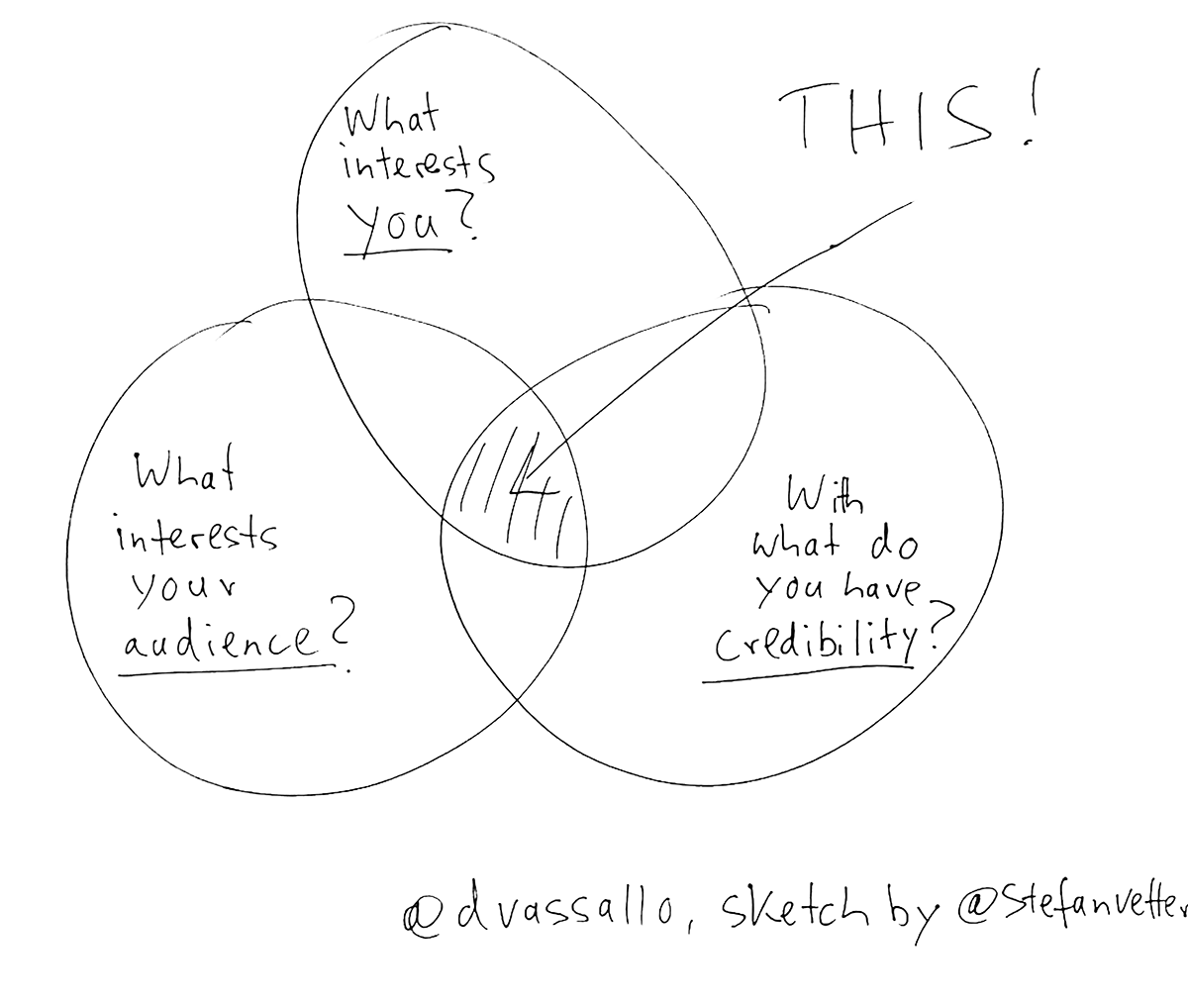
Talk about what interests you, what interests your audience, and what you ca speak about with credibility.
I learned this from @dvassallo's Twitter course, and it's true: This is the content that will resonate the most.
5. Be transparent.
We've followed the example of @buffer, @nomadlist, and several others by becoming an open startup and publishing our metrics.
This not only creates trust with buyers and employees, but it also gives you a lot of original content to share.
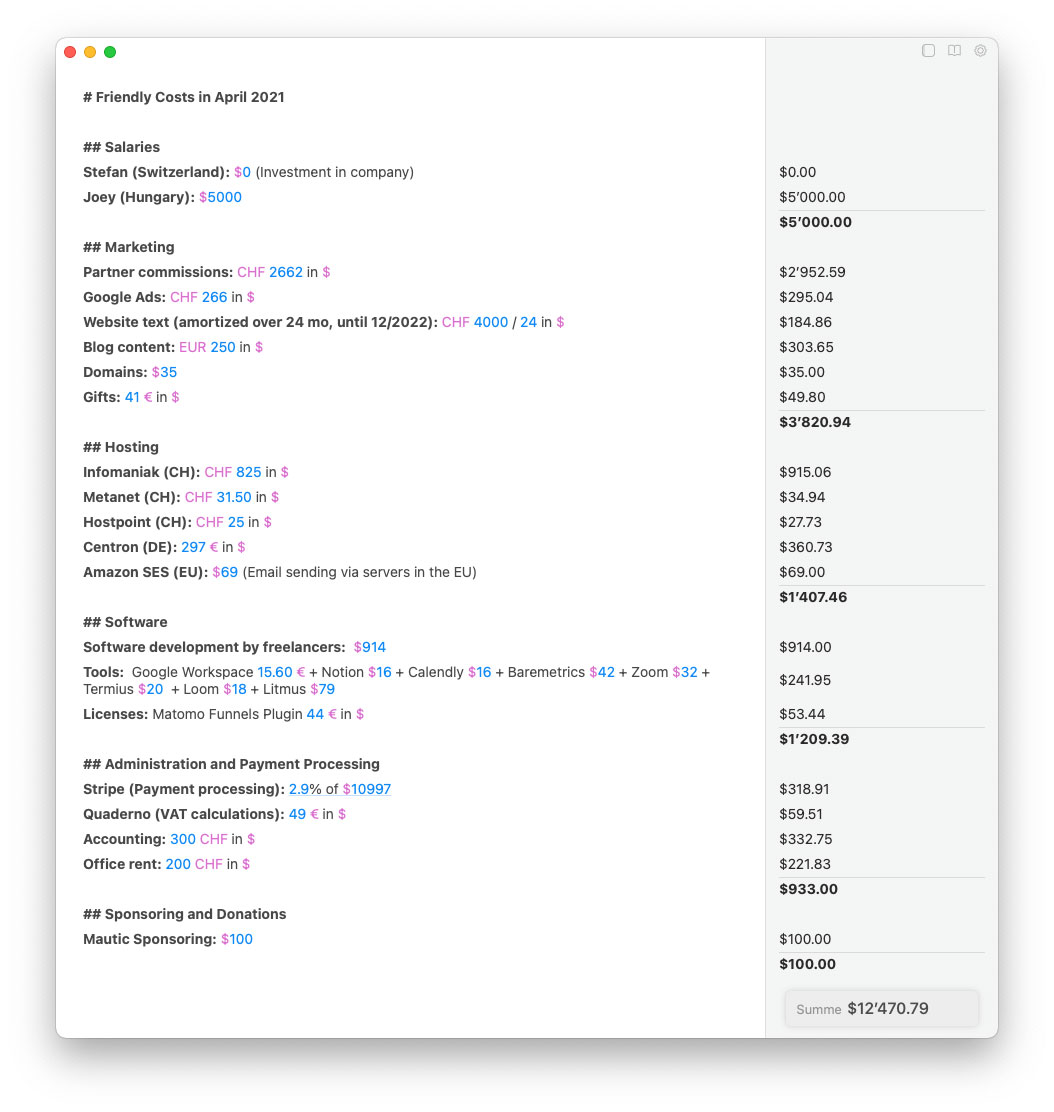
6. Don’t look for customers, look for partnerships.
Taking this route proved very successful for us. Partners have become our primary acquisition channel.
Here’s how you can build your own affiliate program with only 30 lines of code.
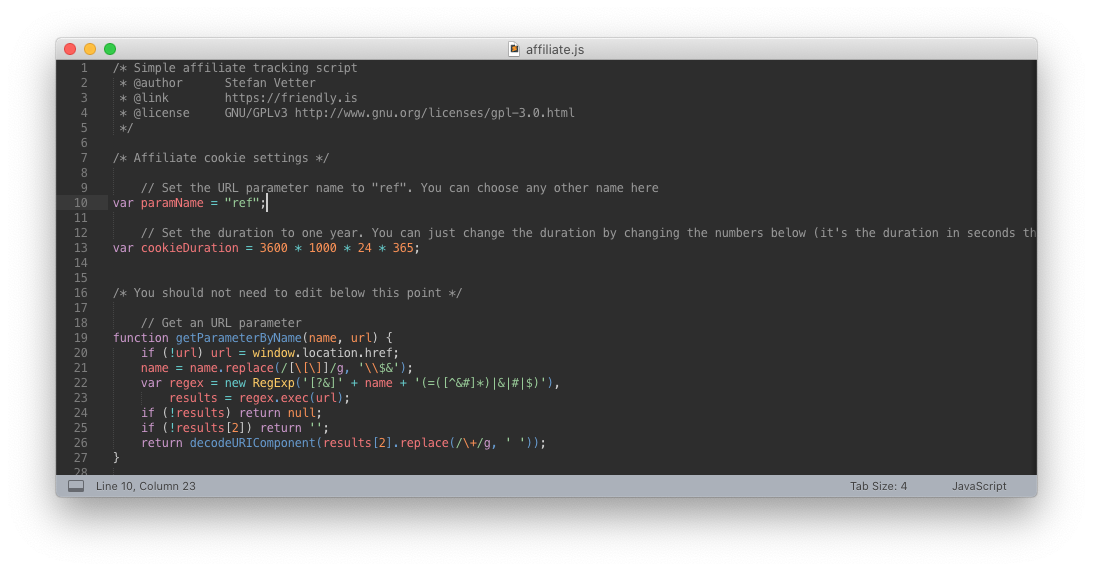
7. Avoid building on someone else's platform.
From growing my other company, Wortspiel, a digital marketing agency, I've learned what it means to be dependent on the goodwill of platforms like Google and Facebook.
That's why at Friendly, we rely only on open standards like the web and email.
8. Embrace open source.
We got started super fast thanks to open source. We went from idea to the our first Product Hunt launch in only 26 days!
Today, we make it a priority to give back to the open source community by sponsoring and contributing code.
9. Grow better, not bigger.
Everyone tells you to grow. Few people tell you that growing fast, or even taking outside money, massively increases your odds of failing.
If you're interested in learning more about this approach, I highly recommend the book Company of One by Paul Jarvis.
10. Enjoy the process.
You're probably going to have to do what you're doing now for a long time. Therefore, you should rather make this time enjoyable.
In the beginning, I was working all the time. Now, I try to compress everything important into half a day. That way, I can spend the rest of the day doing things make me happy: Walks in the forest, spending time with friends and family, exploring new ideas, and lots of other things.
If you enjoyed this, you might like our newsletter. We share insights from our journey as a bootstrapped open startup, marketing best practices, and Friendly surprises!
Thanks for reading!
Discuss this story.
🐦 The Tweetmaster's Pick

by Tweetmaster Flex
I post the tweets indie hackers share the most. Here's today's pick:

🏁 Enjoy This Newsletter?
Forward it to a friend, and let them know they can subscribe here.
Also, you can submit a section for us to include in a future newsletter.
Special thanks to Jay Avery for editing this issue, to Nathalie Zwimpfer for the illustrations, and to Darko, Bobby Burch, and Stefan Vetter for contributing posts. —Channing















